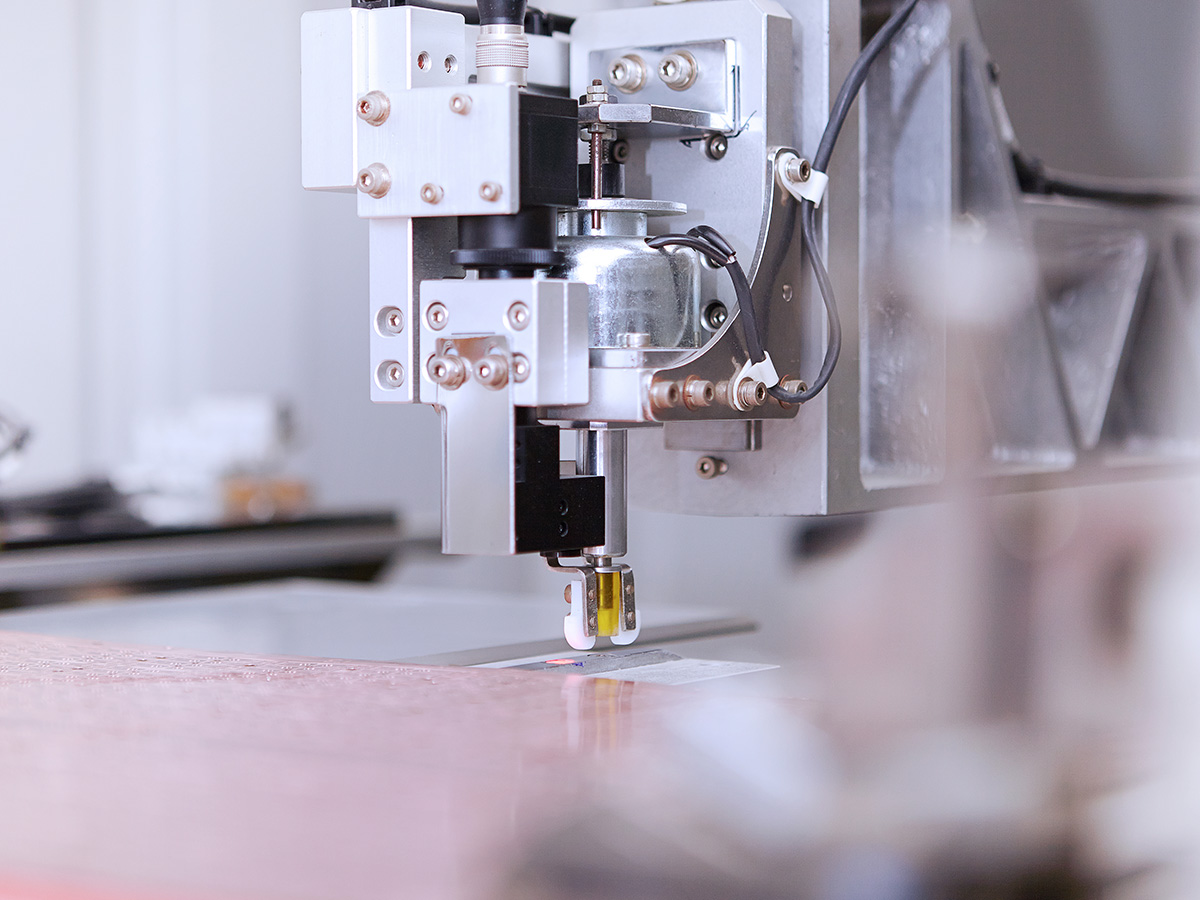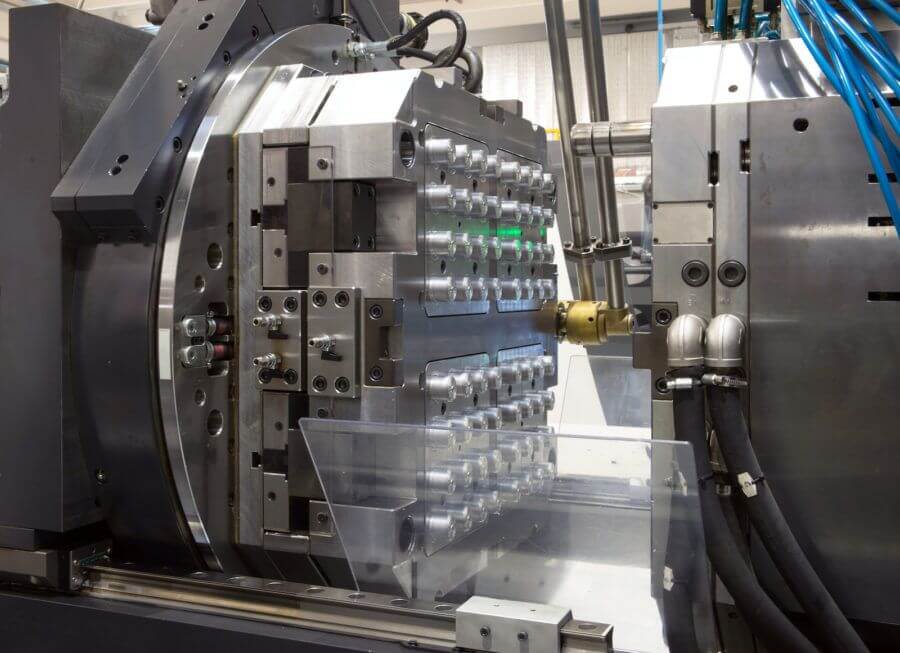Exploring knowledge related to injection moulding
Elite Mold is a specializing plastic mold manufacturer , has been a leading injection mold factory of high tonnage custom and large part injection molding thanks to our one-stop facility in China, specializing in injection mold and supplying plastic injection molding services for mold design, prototype mold, Moldflow analysis, precise machining, and resourcing. The custom plastic mold service from Elite Mold can meet all your needs for injection mold, and the plastic injection mold can be made to your satisfaction.
We’ve mastered putting together a complete injection molding manufacturing strategy, and we have the tools necessary to serve the needs of businesses of all sizes across a wide range of industries. Our mission has always been to help our customers produce as many quality products as possible for our coustom needs in any shape or size.

2.What is the basic working principle of injection moulding?
3.What types of materials are suitable for injection moulding?
4.What types of products are typically produced during this injection moulding process?
5.What are the main advantages of injection moulding?
6.What are the advantages and disadvantages of injection moulding compared to other moulding methods?
7.What are the key considerations for the design of injection moulding?
8.How does the moulding cycle time affect production efficiency?
1.What is injection moulding?
Injection moulding is a manufacturing process that allows for mass production of parts. Its process involves injecting molten material (usually plastic) into the mold cavity. Molten material is injected under high pressure, filling the mold cavity and forming. Once the material cools and solidifies, the mold will open and the newly formed product, i.e. the injection molded part, will be ejected. This versatile and versatile process can produce complex plastic components with high precision and efficiency, making it the preferred method for large-scale production in various industries.
2.What is the basic working principle of injection moulding?
The working principle of injection moulding is similar to a syringe used for injection. It uses the thrust of a screw (or plunger) to inject plasticized plastic in a molten state (i.e. viscous fluid state) into a closed mold cavity. It can not only produce high-precision and high-quality products at high productivity, but also process a wide variety of plastics with a wide range of applications.
The injection moulding steps for Elite Mold include:
Clamping: The two halves of the mold, the stationary side and the moving side, are firmly closed and clamped together. This forms a sealed cavity that will determine the final shape of the formed part.
Injection: Molten plastic material, usually in the form of particles, is injected into the mold cavity through a nozzle under high pressure. Injection is carried out through a screw plunger inside the injection molding machine.
Stay: After the mold cavity is filled with molten material, a stay phase occurs to ensure that the material fully forms the mold shape and is slightly cooled and solidified.
Cooling: The molten plastic inside the mold begins to cool and solidify, conforming to the shape of the mold cavity. Cooling is a critical step in this process as it affects the quality and characteristics of the final product.
Mold opening: Once the material is fully cooled and cured, the mold will open and separate the two halves. The newly formed solidified part remains in the moving part of the mold.
Demolding: Demolding formed parts from the mold through pins or demolding templates. This step prepares the mold for the next injection cycle.
The entire process is automated and controlled by advanced machinery to ensure the accuracy, efficiency, and consistency of plastic component production. Injection molding is widely used due to its ability to produce a large number of complex and high-precision parts with good repeatability.
3.What types of materials are suitable for injection moulding?
Acrylonitrile Butadiene Styrene (ABS)
Nylon.
High-Density Polyethylene (HDPE)
Low-Density Polyethylene (LDPE)
Polycarbonate (PC)
Polyoxymethylene (POM)
Acrylic Poly (Methyl Methacrylate) (PMMA)
Thermoplastic Polyurethane (TPU)
Polyethylene (PE): Used for various packaging applications.
Polypropylene (PP): Versatile and widely used in packaging, automotive, and
Polystyrene (PS): Commonly used in packaging and disposable items.
Polyvinyl Chloride (PVC): Used in construction, healthcare, and consumer goods.
Polyethylene Terephthalate (PET): Commonly used for bottles and containers.
Thermoplastic Elastomers (TPE)
Polylactic Acid (PLA): Derived from renewable resources, used in environmentally friendly applications.
Polyphenylene Sulfide (PPS)
Polyurethane (PU)
And so on.

4.What types of products are typically produced during this injection moulding process?
Injection moulding is a versatile process that can be used to produce various products in various industries.
Consumer goods:
Plastic containers and bottles
Caps and Seals
Consumer Electronics Shell
Automotive components:
Internal components (dashboard, panel, etc.)
External components (bumpers, mudguards, etc.)
Engine components (housing, cover, etc.)
Automotive lighting components
Medical devices:
Syringes and injection devices
Medical equipment casing
Lab Consumable
Prosthetics and Orthopedic Devices
Electronic products:
Electronic device casing (mobile phones, cameras, etc.)
Connector and wiring components
Computer hardware components
Power supply housing
Packaging:
Plastic packaging containers
Lids and seals for bottles and jars
Thin walled containers for food packaging
Packaging plugins and pallets
Architecture and Construction:
Pipe fittings and joints
Electrical box and conduit
Insulation panels and components
Door and window frames
Industrial components:
Tool handles and grips
Machine casing and cover
Gears and other mechanical components
Bearings and bushings
Aerospace components:
Aircraft internal components
Electronic System Housing
Structural components
Sports Goods:
Bicycle components
Sports equipment handles and grips
Protective equipment components
Water bottles and accessories
Household appliances:
Electrical shell (washing machine, dryer, etc.)
Vacuum cleaner assembly
Microwave and oven parts
Refrigerator components
In Elite Mold's view, various products can be efficiently manufactured through injection moulding processes.
5.What are the main advantages of injection moulding?
Elite Mold believes that the main advantages of injection moulding are:
1. Complex shaped components with small wall thickness (5-15mm) can be easily formed and removed from the mold without damage.
2. Injection molded parts have good dimensional tolerances.
3. Compared to other processes, this process generates very little waste.
4. This process has high productivity.
5. Cost effectiveness of large-scale production: Once the initial mold cost is paid, the unit cost of large-scale production will be significantly reduced.
6. This process can produce complex and complex geometric shapes of parts with high precision. This is particularly beneficial for products with detailed functionality and strict tolerances.
7. Injection molding is compatible with various materials, including thermoplastic, engineering plastics, elastomers, etc.
8. Ensure high repeatability and consistency in part production. The use of computer-aided design (CAD) and computer-aided manufacturing (CAM) technology helps to achieve precise control of the forming process.
9. Injection molded parts typically have a smooth and smooth appearance, reducing the need for additional precision machining processes.

6.What are the advantages and disadvantages of injection moulding compared to other moulding methods?
Injection moulding has several advantages, including high efficiency in mass production, complex designs with strict tolerances for rapid production, cost-effectiveness in mass production, versatility of materials, and the ability to produce finished parts with minimal post-processing.
However, in Elite Mold's view, there are also some drawbacks:
Due to the design, testing, and tooling of the entire equipment, the initial/setup cost of this process is very high.
Investment molding is usually limited to certain special types of materials, such as thermoplastic materials or certain polymers.
The cost of molds is high, meaning that the molds used are made from several processes, and the total cost of testing and manufacturing a single mold is very high. Different types of molds are required for different parts.
7.What are the key considerations for the design of injection moulding?
The design of injection moulding is a key factor affecting the success of the injection molding process. Therefore, Elite Mold believes that injection mold design needs to consider these factors:
Part design: The design of injection molds starts from the part itself.
Material selection: The selection of mold materials must consider factors such as expected output, part materials, and molding environment. Common mold materials include tool steel, pre hardened steel, and aluminum.
Gate design: The position, size, and type of gate (the entry point where molten material enters the mold) can affect the flow, pressure, and cooling of the material.
Runner system: The runner system guides the molten material from the injection device to the mold cavity. The decision regarding the type of runner system (cold or hot runner) can affect material waste, cycle time, and part quality.
Ventilation: During the molding process, sufficient ventilation is required to allow air and gas to escape. Proper ventilation can prevent cavitation, combustion, and other defects in formed parts.
Cooling system: Effective cooling is crucial for controlling mold temperature and ensuring uniform cooling of parts.
Demolding system: Demolding system is responsible for removing formed parts from the mold cavity.
Draft angle: The draft angle is applied to the vertical wall of the part to facilitate demolding from the mold
Tolerances and Surface Finish: Define the tolerances required for forming parts and specify the required surface finish.
Shrinkage and warping: Consider material shrinkage during cooling and address potential warping issues in part design and mold geometry to achieve the required final dimensions.
Mold maintenance: Consider the convenience of maintenance by designing molds that are easy to access and directly disassemble.
Injection pressure and clamping force: Considering material characteristics and part geometry, ensure that the mold design can handle the required injection pressure and clamping force.
Mold alignment: Correct alignment of the half mold is crucial for maintaining part quality. Misalignment may cause flooding, uneven thickness of parts, and other defects.
Mold size and weight: Consider the size and weight of the mold to ensure that it meets the capacity and facility limitations of the injection molding machine.

8.How does the moulding cycle time affect production efficiency?
In injection moulding, the molding cycle time plays a crucial role in determining production efficiency. It represents the total time required for a complete cycle of the molding process, including injection of molten material into the mold, cooling and curing, mold opening, demolding of finished parts, and mold closure in the next cycle. Shorter cycle times directly help improve production efficiency by allowing more cycles within a given time range. This leads to higher production and throughput, reducing the overall manufacturing cost per unit. Efficient cycle time is crucial for meeting production needs, improving resource utilization, and optimizing the overall efficiency of injection molding processes.
Related news
Our Certificates
By co-operating with Elite Mold, you have selected one of the most reliable ISO 9001 certified plastic mold manufacturer, Elite Mold as a plastic injection mold manufacturer specializing in plastic injection mold and supplying plastic injection molding services for plastic mold design, prototype makings, mold flow analysis, precise machining, OEM services, ODM services and so on, building custom plastic injection molding. We are committed to enhance the Process optimized and quality of service, shorten lead time and assist in lowering inventory, by providing new products every year to bring in continuous and higher profits for our clients. The ability to produce mold at the International standard, strong engineering and mold design capability, aggressive delivery, competitive pricing and business integrity continues to be the success factor of Elite Mold.










